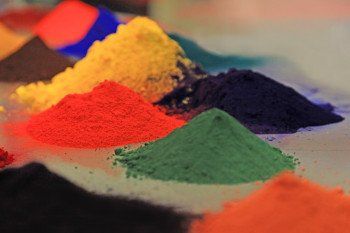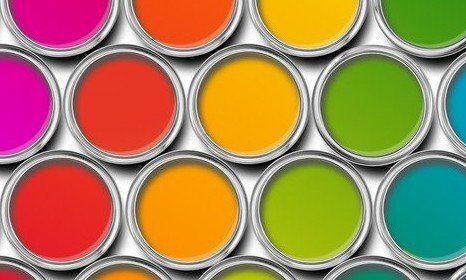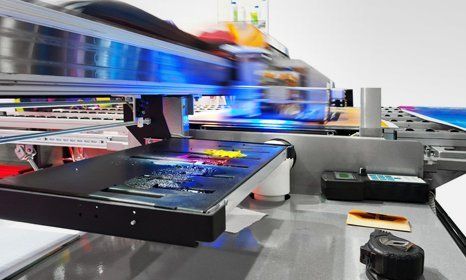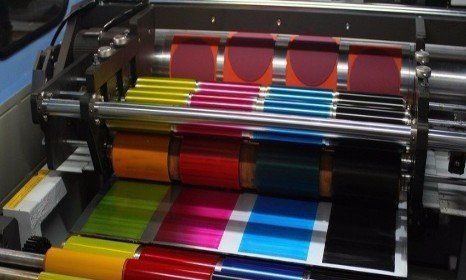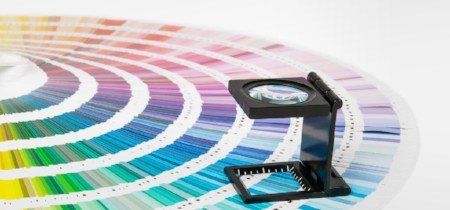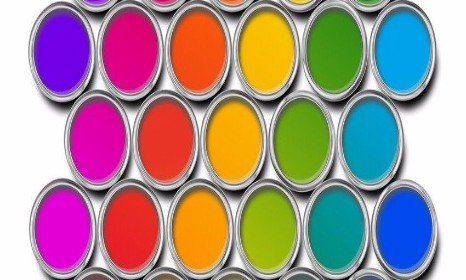5 Amazing Facts About Graphene
- By Stephen Taylor
- •
- 19 Dec, 2017
- •

Used in inks to create printed electronics and membranes, graphene really is an amazing material. Made of carbon atoms, it’s thin and flexible, allowing for a wide range of uses, from sensors to intelligent packaging, yet these components can be printed on a roll, the same way you’d print a newspaper. Graphene ink is something that’s set to be used a lot more in future, as manufacturers seek cheaper, more environmentally friendly ways of creating electronics, so here are five fascinating facts you might not know about the material.
1. It’s the thinnest, strongest material ever tested
Graphene is made up of carbon atoms, which are arranged in a hexagonal formation, which gives it incredible strength, while still allowing it to be thin and flexible. Adding graphene to inks therefore allows for incredibly thin, strong electronic boards to be created, which have thousands of uses.
2. It’s cheaper and more environmentally-friendly to create printed electronics
In order to print conductive patterns, silver has been used in the past. This made it very expensive to create conductive inks, and because silver is non-recyclable, it meant that they would need to be disposed of, making single use electronics unfriendly to the environment. Graphene inks, by contrast, are about 25 times cheaper, non-toxic, and east to recycle, as well as drying quicker so that ink curing doesn’t use as much energy. In future, this could allow for single use electronics to be created, which aren’t harmful to the environment, and could be a big step forward for technology.
3. Electronics can be printed as quickly as graphics
Printing electronics used to be a slow process, but improvements in technology and the use of graphene inks mean that they can now be printed at a rate of 100 or more metres per minute. This is about the same rate as standard graphic printing. With many bespoke blend scheme inks available that use graphene, there’s a huge amount of style and design options available too, meaning in future, it could be used to create interactive magazines or packaging.
4. Graphene could potentially change the world
Scientists are increasingly finding new ways that graphene could be used, including:
· Allowing super-fast phone charging – thanks to its high levels of conductivity
· The creation of bionic devices to help paralysed patients
· Creating an easier way to clean up nuclear waste – graphene could clump waste together, making disposal easier
· Creating filters that could turn sea water into drinking water
5. Graphene is transparent
Not only is graphene thin and strong, it’s also transparent, which means it could be used to create virtually unbreakable touchscreens, solar cells, and discreet electronic components that have endless uses. This also means graphene inks can be created in a wide range of colours, giving you lots of design options.
To find out more about graphene inks and their potential uses, get in touch with Centre Colours, Units 5 & 6, Bypass Park Estate, Sherburn-in-Elmet, Leeds, LS25 6EP. Simply call 01977 685 458 or email info@centrecolours.co.uk today.





